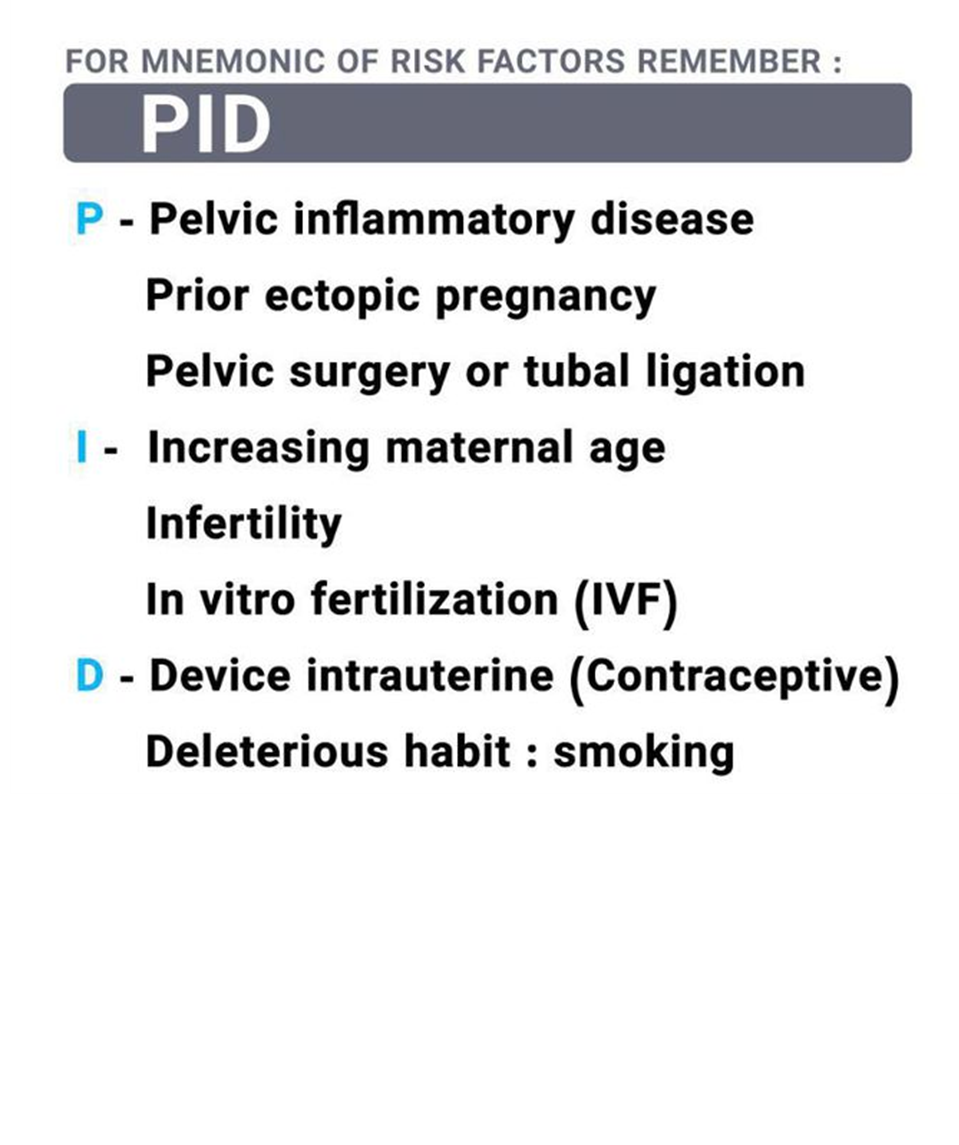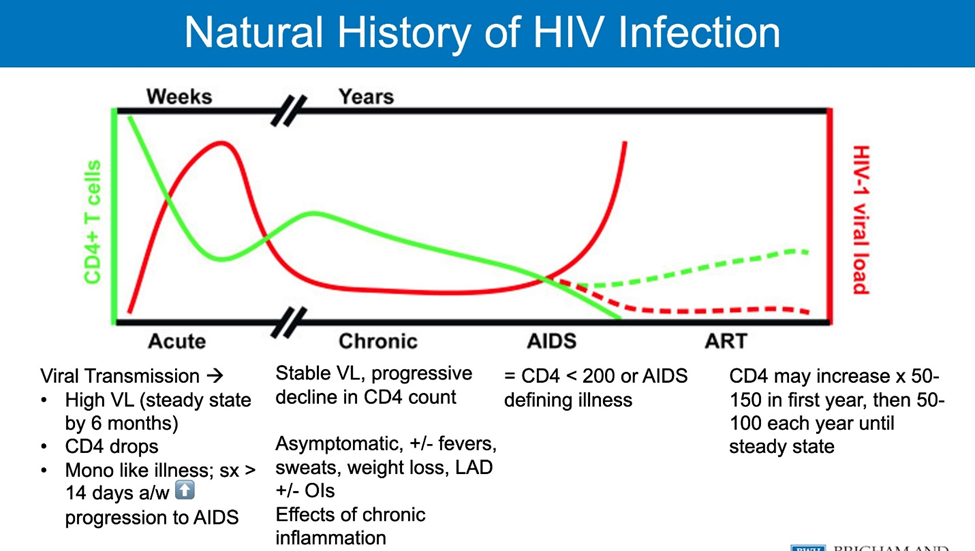A nurse is listening to a client who is a victim of intimate partner violence. The client is describing how events would unfold with the partner. The nurse interprets the client's statements and identifies which action as characteristic of the second phase of the cycle of violence?
The batterer is contrite and attempts to apologize for the behavior.
The victim accepts the anger as legitimately directed at him or her.
The physical battery is abrupt and unpredictable.
Verbal assaults begin to escalate toward the victim.
The Correct Answer is D
A. The batterer is contrite and attempts to apologize for the behavior. - This action is more characteristic of the "honeymoon" phase, which follows the tension-building phase and involves the abuser expressing remorse or making promises to change.
B. The victim accepts the anger as legitimately directed at him or her. - This is not specifically characteristic of the second phase but could potentially occur as a coping mechanism or as a result of manipulation and gaslighting tactics employed by the abuser.
C. The physical battery is abrupt and unpredictable. - This description aligns more closely with the acute battering incident, which occurs in the final phase of the cycle of violence, following the tension-building phase.
D. Verbal assaults begin to escalate toward the victim. - This option reflects the tension-building phase, where verbal abuse and other forms of intimidation may escalate in frequency and intensity as the tension between the abuser and victim increases.
Nursing Test Bank
Naxlex Comprehensive Predictor Exams
Related Questions
Correct Answer is A
Explanation
A. Recurrent pelvic infections:
Pelvic infections, particularly those affecting the fallopian tubes (such as pelvic inflammatory disease), can lead to scarring and damage to the fallopian tubes. Scar tissue can obstruct the normal passage of the fertilized egg, increasing the risk of ectopic pregnancy.
B. Heavy, irregular menses:
While irregular menstrual cycles can sometimes be associated with conditions like polycystic ovary syndrome (PCOS), heavy and irregular menses are not typically considered direct risk factors for ectopic pregnancy. However, underlying conditions contributing to irregular menstrual cycles, such as hormonal imbalances or conditions affecting the reproductive organs, could potentially increase the risk.
C. Use of oral contraceptives for 5 years:
Oral contraceptives (birth control pills) are known to significantly reduce the risk of ectopic pregnancy. They work by preventing ovulation and altering the uterine lining, making it less likely for a fertilized egg to implant outside the uterus. Therefore, long-term use of oral contraceptives would generally decrease the risk of ectopic pregnancy rather than increase it.
D. Ovarian cyst 2 years ago:
While ovarian cysts are common and usually benign, they typically do not directly contribute to the risk of ectopic pregnancy. However, certain types of ovarian cysts, such as those associated with conditions like polycystic ovary syndrome (PCOS) or endometriosis, may indirectly affect fertility and increase the risk of complications during pregnancy, including ectopic pregnancy.

Correct Answer is D
Explanation
A. 1,000 cells/mm3:
A CD4 cell count of 1,000 cells/mm3 is within the normal range for a healthy individual. In HIV-positive individuals, a CD4 count at this level would generally indicate that the immune system is functioning well and has not been significantly compromised by the virus. Therefore, a CD4 count of 1,000 cells/mm3 would not suggest a diagnosis of AIDS.
B. 700 cells/mm3:
Similarly, a CD4 cell count of 700 cells/mm3 is also within the normal range for immune function. While this count may be lower than the typical CD4 count in a healthy individual, it is still considered relatively high and would not indicate immune compromise to the extent seen in AIDS.
C. 450 cells/mm3:
A CD4 cell count of 450 cells/mm3 is also within a range that suggests the immune system is functioning reasonably well. While it may be lower than normal, it is not at a level indicative of severe immune suppression characteristic of AIDS.
D. 200 cells/mm3:
When the CD4 cell count drops below 200 cells/mm3, it indicates significant immune suppression and an increased risk of opportunistic infections. This threshold is used to diagnose AIDS in HIV-positive individuals. At this level, the immune system is severely compromised, leaving the individual vulnerable to various infections and diseases associated with AIDS.

Whether you are a student looking to ace your exams or a practicing nurse seeking to enhance your expertise , our nursing education contents will empower you with the confidence and competence to make a difference in the lives of patients and become a respected leader in the healthcare field.
Visit Naxlex, invest in your future and unlock endless possibilities with our unparalleled nursing education contents today
Report Wrong Answer on the Current Question
Do you disagree with the answer? If yes, what is your expected answer? Explain.
Kindly be descriptive with the issue you are facing.
